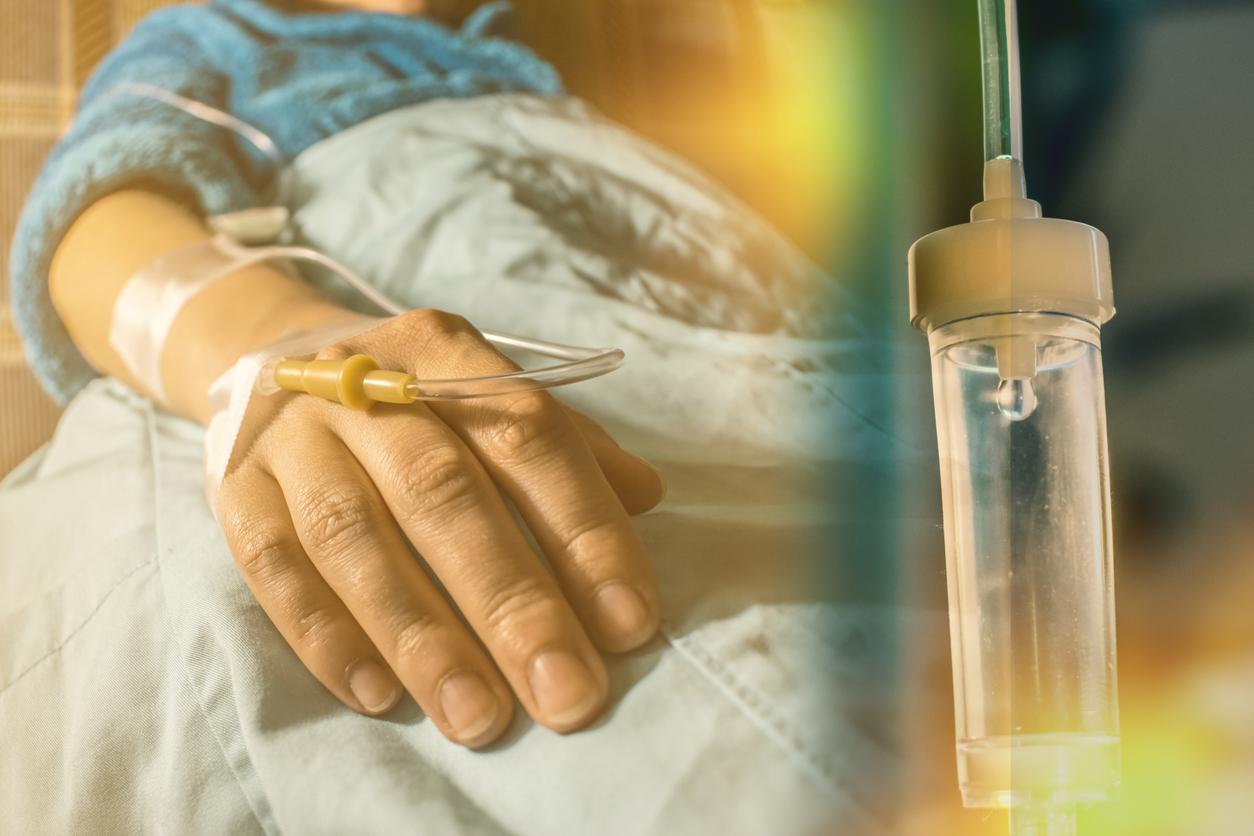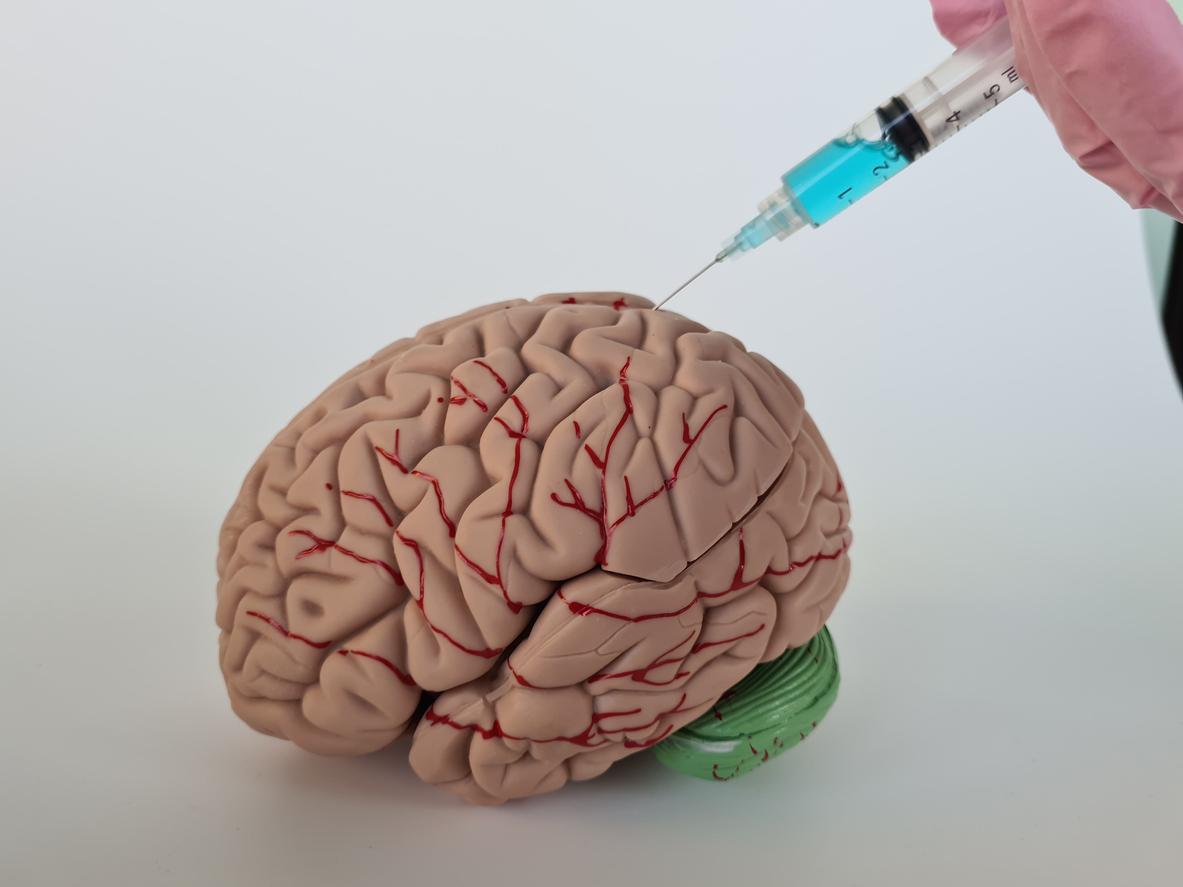There are two main theories that can explain motion sickness… Nevertheless upstream and when it is present, certain reflexes can limit the symptoms.

- If the journeys are repeated consecutively, it is very likely that the motion sickness will subside after a few days.
- Other situations cause symptoms similar to motion sickness, such as video games or earth sickness, that is to say the return to land after a long boat trip.
Some can read in the car while others are forced to take medication before long journeys… We are not equal when it comes to car sickness. Those who suffer from it can have different symptoms: nausea, dizziness, cold sweats, headaches, fatigue, hypersalivation, rapid breathing, etc. To explain its appearance, there are two main theories.
sensory conflict theory
First of all, that of the sensory conflict, which is considered the most valid today. Here, motion sickness would be due to a contradiction between the information transmitted by the eyes and that provided by the vestibule, an organ located in the inner ear. Thus, if the two are not the same, the human may feel unbalanced and experience motion sickness. On the other hand, the greater the difference between this information, the stronger the symptoms. For example, traveling by car on a smooth, straight road will result in less sensory contradictions than the same travel time on a winding road with lots of potholes.
posture theory
Another theory explains motion sickness: posture. Indeed, some researchers posit that motion sickness could also be due to our inability to adjust our position to reduce the effects of the difference between information from our eyes and our vestibule. However, so far, no scientific evidence has supported this hypothesis.
Drivers less affected by motion sickness
Those most affected by motion sickness are usually children between the ages of two and twelve and pregnant or menstruating women. But all other adults can also experience these travel inconveniences. Generally, this disappears when people drive, probably because they move according to the driving and their brain is focused on driving and the anticipation it requires. For example, if a car is moving around a tight bend, the driver will instinctively look ahead and anticipate the movement of the vehicle as it turns. A passenger, on the other hand, will not, which is why they may suffer more from motion sickness.
Preventive and curative measures
Before taking a trip, there are several tips that can limit this motion sickness. First of all, it is necessary to avoid too large meals as well as alcohol, coffee and tobacco. In a car, people suffering from this ailment must sit in the front – next to the driver – or in the middle at the back. On a boat, it is preferable to stand on the outside and, in an airplane, rather in the center of the device, where you feel the movements less.
If, despite these tips, you experience the symptoms of motion sickness, try to close your eyes, put a damp cloth over your head and breathe, if possible, fresh air. By car, it is also recommended to take regular breaks on the way. Finally, last advice: if you are prone to motion sickness, you can take medication… So, before the holidays, don’t hesitate to talk about it with your general practitioner or pharmacist beforehand. These health professionals will be able to guide you to take the most appropriate treatment.
.

















